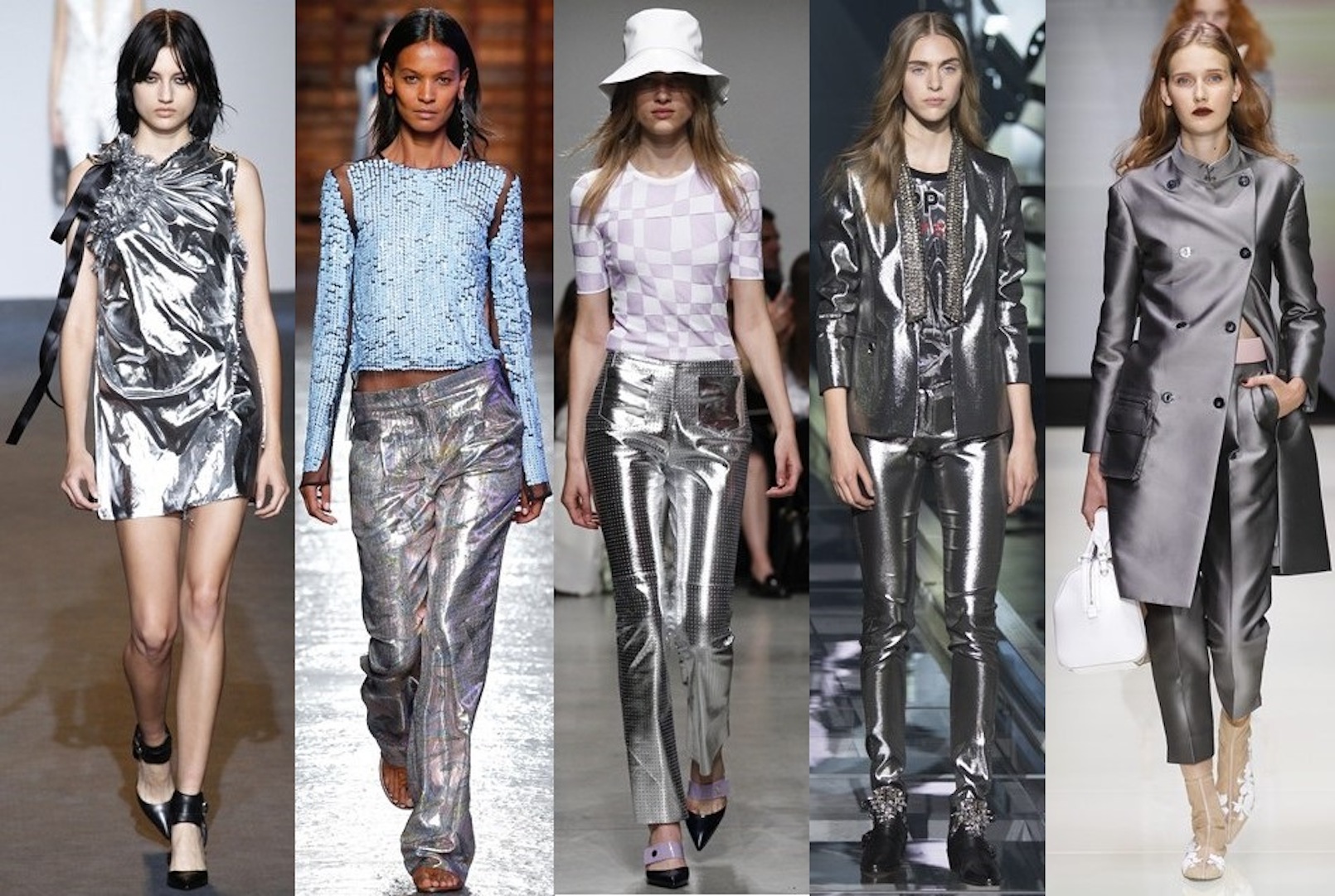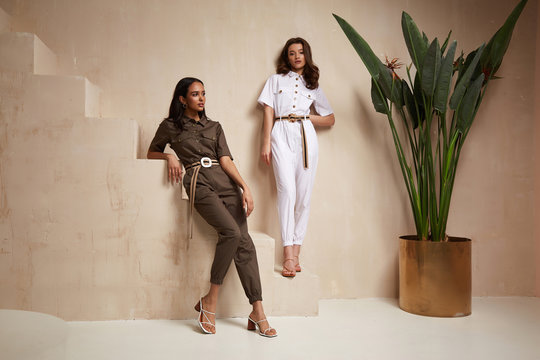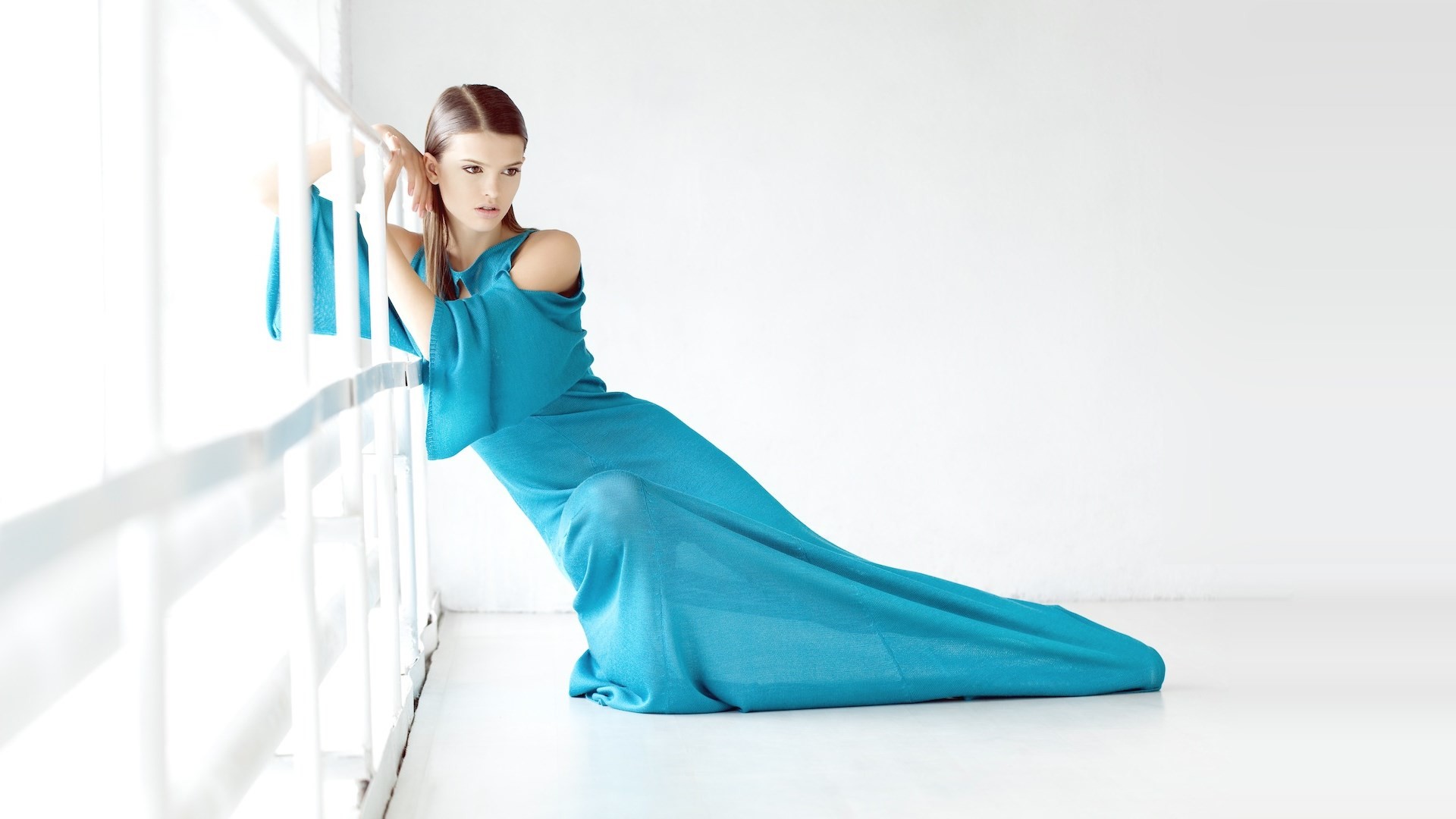Historical Events Impact on Fashion Trends | Explore the Connection
Discover how historical events impact fashion trends. Explore the fascinating relationship between history and style evolution

Historical Events Impact on Fashion Trends is more than just clothing; it's a reflection of our culture, history, and societal shifts. In this article, we'll delve into the profound influence of historical events on fashion trends, exploring how significant moments in history have shaped the way we dress and express ourselves.
War and Austerity Historical Events Impact on Fashion
World War I and Utility Historical Events Impact on Fashion?
World War I led to a scarcity of resources, which in turn?influenced fashion trends. Utility clothing emerged, characterized by simplified designs, fewer embellishments, and the use of practical materials. This period marked a departure from the extravagant fashions of the Edwardian era.
World War II and the Utility Dress
World War II had a similar impact on fashion, giving rise to the "utility dress." Rationing led to fabric shortages, prompting designers to create more streamlined and functional clothing. Hemlines rose, and shoulders broadened as women adapted to the challenges of the time.
Social Movements and Counterculture
The 1960s Civil Rights Movement
The civil rights movement of the 1960s had a profound influence on fashion. African American activists and leaders like Martin Luther King Jr. inspired the Black is Beautiful movement, celebrating natural hair and embracing African-inspired clothing, patterns, and accessories.
The 1970s Hippie Counterculture
The counterculture movement of the 1970s, with its focus on peace, love, and environmentalism, gave rise to the?hippie fashion trend. Bell-bottom pants, tie-dye shirts, and bohemian-inspired clothing became symbols of this era's ideals.
Technological Advancements
The Industrial Revolution
The Industrial Revolution transformed fashion with the mass production of clothing. Ready-to-wear fashion became more accessible, and the concept of seasonal collections emerged. It marked the beginning of modern fashion as we know it.
The Internet Age
The internet has revolutionized fashion in recent decades. Online shopping, social media, and fashion influencers have democratized the industry, allowing people from all backgrounds to express their style and access global fashion trends.
Economic Factors
The Great Depression
The economic challenges of the Great Depression in the 1930s influenced fashion trends towards practicality and simplicity. Hemlines dropped, and clothing became more modest as a response to the financial hardships of the time.
The Dot-Com Bubble and Minimalism
The burst of the dot-com bubble in the early 2000s ushered in?an era of minimalism in fashion. Clean lines, neutral colors, and understated elegance became popular, reflecting a desire for stability and simplicity.
Pop Culture and Entertainment
The Influence of Music
Music icons have often set fashion trends. From Elvis Presley's rock 'n' roll style to Madonna's punk-inspired looks, musicians have shaped fashion and influenced entire generations.
Film and Television
Movies and TV shows have a significant impact on fashion. Costume designers create iconic looks that inspire fashion trends, from Audrey Hepburn's timeless elegance in "Breakfast at Tiffany's" to the futuristic styles of "The Matrix."
Historical events have left an indelible mark on fashion trends, reflecting the evolving values, challenges, and aspirations of society. Fashion is a dynamic canvas that captures our history and cultural shifts, allowing us to express ourselves and adapt to changing times.
Historical Events' Impact on Fashion Trends | Explore the Connection. Every garment we wear carries a piece of history within it, a testament to the enduring connection between fashion and the events that have shaped our world. As we continue to evolve, so too will our fashion trends, forever linked to the rich tapestry of our past.
The Influence of Political Movements
The 1980s Power Suit
The rise of powerful women in politics and the corporate world during the 1980s, often referred to as the "Power Dressing" era, had a significant impact on fashion. Women's suits with padded shoulders and tailored silhouettes became symbolic of female empowerment.
Civil Rights and Fashion Equality
The civil rights movement of the 1950s and 1960s not only inspired changes in society but also in fashion. African American activists and leaders like Rosa Parks and Malcolm X influenced the "Black is Beautiful" movement, emphasizing pride in African heritage and identity through clothing.
Environmental Awareness
Eco-Fashion and Sustainability
As environmental concerns have gained momentum, fashion trends have shifted towards sustainability. Eco-friendly materials, recycling, and ethical production practices have become central in contemporary fashion, driven by a growing awareness of climate change and environmental impact.
Upcycling and Vintage Fashion
The desire for sustainable fashion has led to the popularity of upcycling and vintage clothing. These trends not only reduce waste but also reflect a nostalgia for styles from bygone eras, highlighting the cyclical nature of fashion.
Globalization and Cultural Fusion
Globalization and Fusion of Styles
Globalization has facilitated the fusion of fashion styles from different cultures. Traditional clothing, patterns, and textiles from various parts of the world have?influenced mainstream fashion, creating a rich tapestry of global trends.
Fashion Capitals and Influencers
Fashion capitals like Paris, Milan, and New York continue to be influential, but globalization has allowed other cities to rise as fashion hubs. Tokyo's street style, for example, has become globally recognized, reflecting the cross-cultural exchange in fashion.
Health and Wellness
Athleisure and Comfort Fashion
The focus on health and wellness has given rise to the athleisure trend. Comfortable, sporty clothing that seamlessly transitions from the gym to daily life has become a staple, reflecting a society's emphasis on active lifestyles.
Pandemic-Driven Changes
The COVID-19 pandemic has accelerated changes in fashion trends. Comfort, hygiene, and adaptability have become priorities, with loungewear and face masks becoming integral parts of daily attire.
Historical events continue to shape and redefine fashion trends, reflecting society's values, struggles, and progress. Fashion remains a dynamic mirror that captures the essence of our world's evolving narratives. As we navigate an ever-changing future, fashion will undoubtedly continue to adapt and respond to the world's shifting landscapes.
Historical Events' Impact on Fashion?Trends | Explore the Connection. From the trenches of war to the bustling streets of cultural movements, fashion has always been intertwined with history. As we continue to explore this intricate relationship, we uncover the profound impact of historical events on the clothes we wear and the stories we tell through fashion.
What's Your Reaction?















